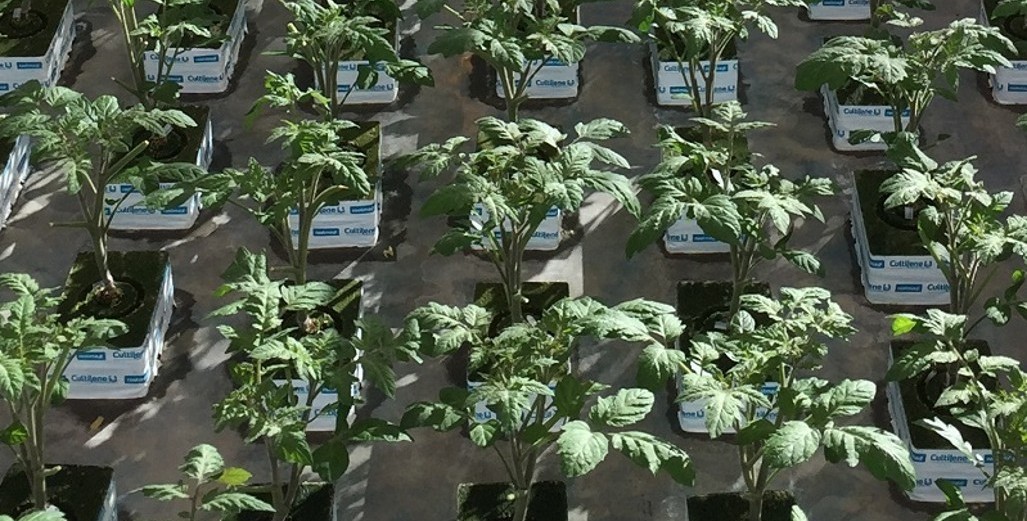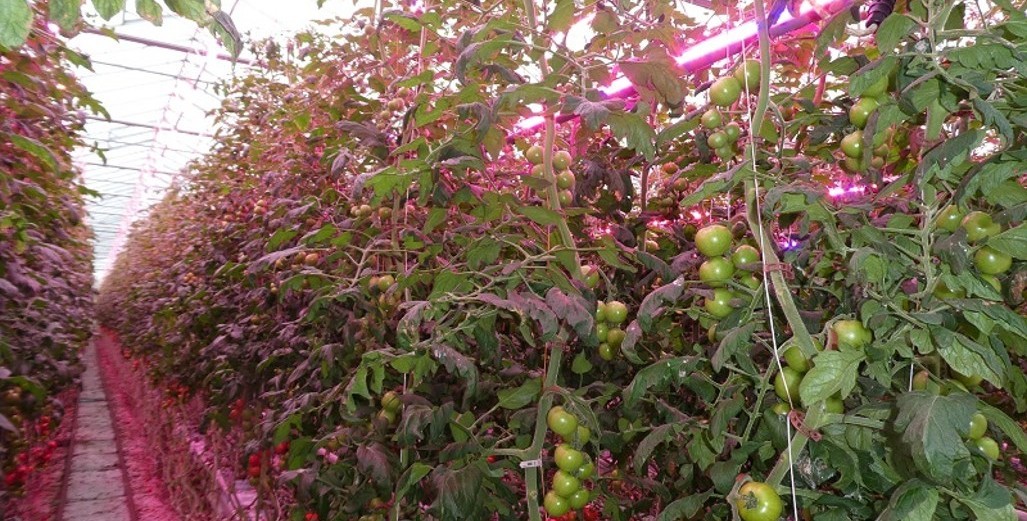Sign up here to subscribe to the Grower2grower Ezine. Every two weeks you will receive new articles, specific to the protected cropping industry, informing you of industry news and events straight to your inbox.
Sep 2018
New Greenhouse Production Sites (Best of 2018)

Happy New Year to all Grower2Grower readers. I was very pleased to see for 2018 the most read article on the Grower2Grower website was 'New Greenhouse Production Sites'. Please enjoy it again and let’s get building!
What I would be looking for
I found it interesting a few years ago to listen to Michael Bledsoe (Ph.D Vice President, Food Safety and Regulatory Affairs, Village Farms USA) talk about the 10 filters his company uses in selecting locations to build new greenhouses. It was extremely logical and I think it could be replicated to a point in New Zealand. Building a greenhouse has a capital cost attached to it, so it is worth while investigating each proposed site to make sure the basic requirements are met.
The ten basic requirements that Village Farms use when searching for a new site are:
- Level Land
- Natural gas line/supply
- Water
- Cool nights
- Bright sunny days
- Low Humidity
- Manpower
- Transportation
- Distance from other Agriculture
- Low cost electricity
Once these filters have been satisfied, Village Farms have a plan for how they intend their production facilities to control the environment 24/7/365 for reliable quality supply:
. Diffused sunshine plus supplementary lights
. Managed airflows for uniformity and high Co2
. Natural gas heating with heat storage
. Integrated evaporative cooling
. Complete water management
. Advanced plant monitoring
. Pest exclusion and biological control
I highlighted ‘biological’ because of NZ growers lack of accessibility to natural predators which increases our reliance on chemistry. The managed airflows for uniformity are very important as it allows for one-degree temperature variation in different parts of the greenhouse, which is extremely impressive.
Using the filters provided by Michael, I have added some comments as to what homework I would be doing before building from new here in New Zealand.
1, Level Land: It is not always easy to find a site that does not need earthworks, however if you do have an elevated site that needs minimal levelling this will definitely help keep cost down. I would suggest that a detailed geo-tech report be completed on the solidity of your proposed site.
2, Natural gas line/supply: This is an advantage currently and my preferred option however geothermal, woodchip and recycled oil are still good energy options. CO2 enrichment needs to be a factor when choosing your energy source
3, Water: Extremely important to make sure you have enough land to build a water storage pond. If you are using a bore test the water for levels of high sodium especially. Calculate the water you will need for your entire crop especially in the summer months to make sure you will never run out!
4, Cool nights: The further South you go the cooler the nights. An advantage for tomato production.
5, Bright sunny days: Depending if you are targeting the winter or summer months for production. In Christchurch, as an example, it is much harder to grow mature crops through the winter compared to even Nelson because of the lower accumulated light levels. If you want sun then definitely the for mentioned Nelson and the East Coast of the North Island are known for good sun light levels.
6, Low Humidity: Auckland has (generally) higher humidity compared to further south which is not ideal in winter but can be an advantage in the summer.
7, Manpower: Not too much of an issue in NZ as every area seems to be able to draw on labour resources required. Although it is becoming harder.
8, Transportation: Ideally being close to the major markets is good for selling products and receiving most of your consumables that are imported.
9, Distance from other Agriculture: Definitely an advantage to be in an area not surrounded by crops that attract insects that affect greenhouse growers. However, no place is immune to pests.
10, Low cost electricity: Is there such a thing? But definitely well worth while making sure you would have sufficient electricity, especially if you want supplementary lighting.
Control the environment
. Diffused sunshine plus supplementary lights: Yes, to both in NZ, diffused screens that double as energy screens and definitely supplementary lighting on new builds should be at least considered.
. Natural gas heating with heat storage: I would even suggest you look at co-gen. Especially if you are considering supplementary lighting
. Pest exclusion and biological control: if we could control our humidity then insect netting on vents could be considered.
This is just part of the infrastructure homework I would be working on before deciding what height my greenhouse should be and what the internal layout might look like.
I would love to get other grower’s and supplier’s opinions and to add to my points above.
This pond stores rain water from the greenhouse
Insect netting installed in continuous vent system.
Cover image of 100 ha plus greenhouse in Europe. They even installed their own wind turbine!
I appreciate your comments. Please feel free to comment below or on the grower2grower Facebook page:
https://www.facebook.com/StefanGrower2grower/
Article Written by Stefan Vogrincic, Consultant, Grower2Grower
CLASSIFIED
Subscribe to our E-Zine
More
From This Category
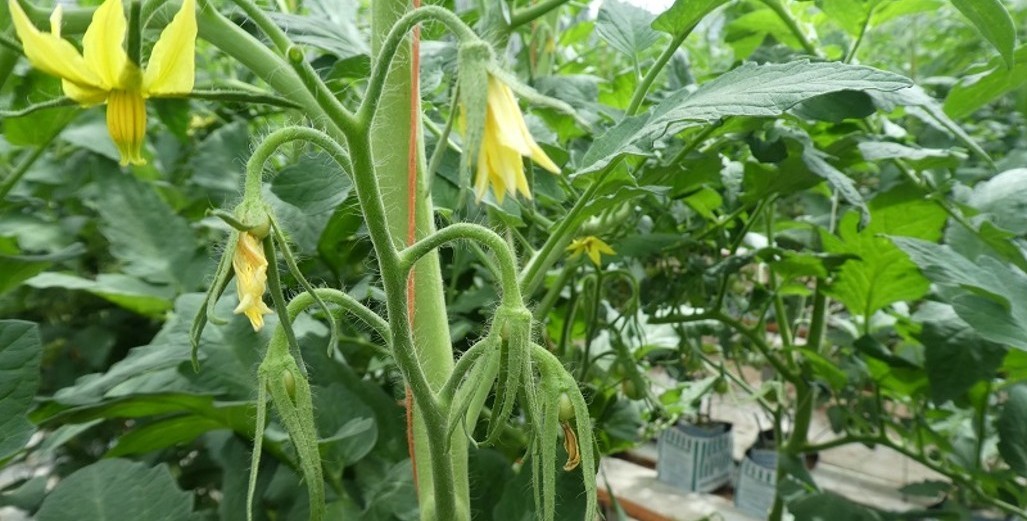
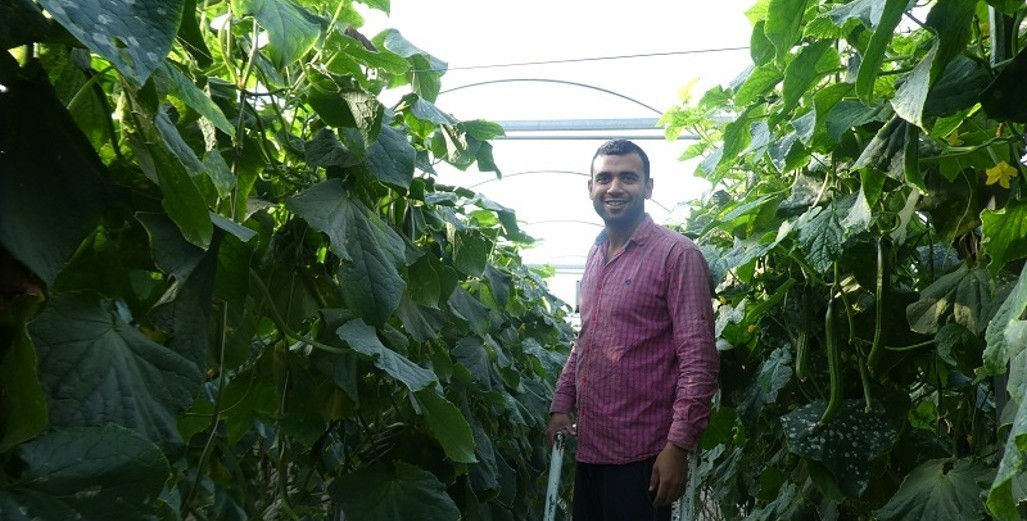
Managing Labour During the Christmas holiday break
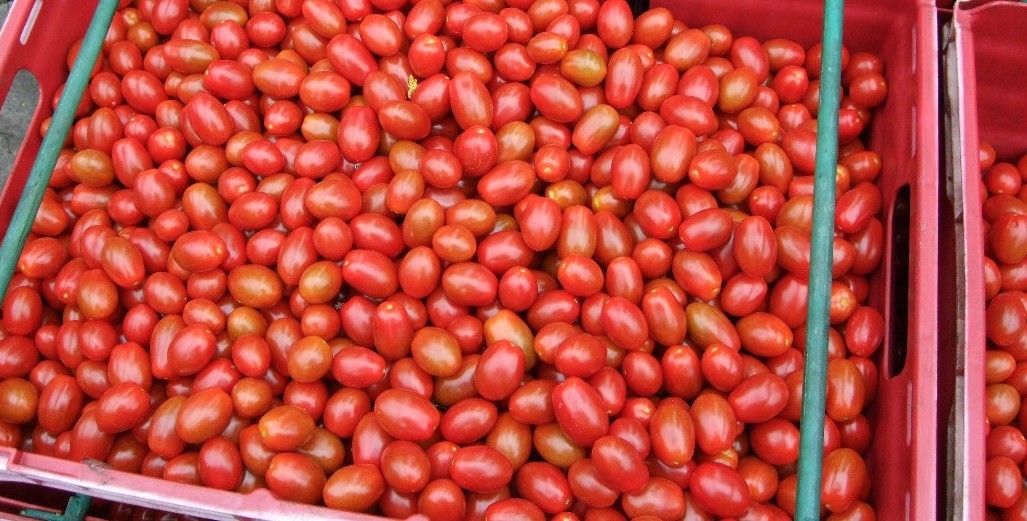
Back to basics
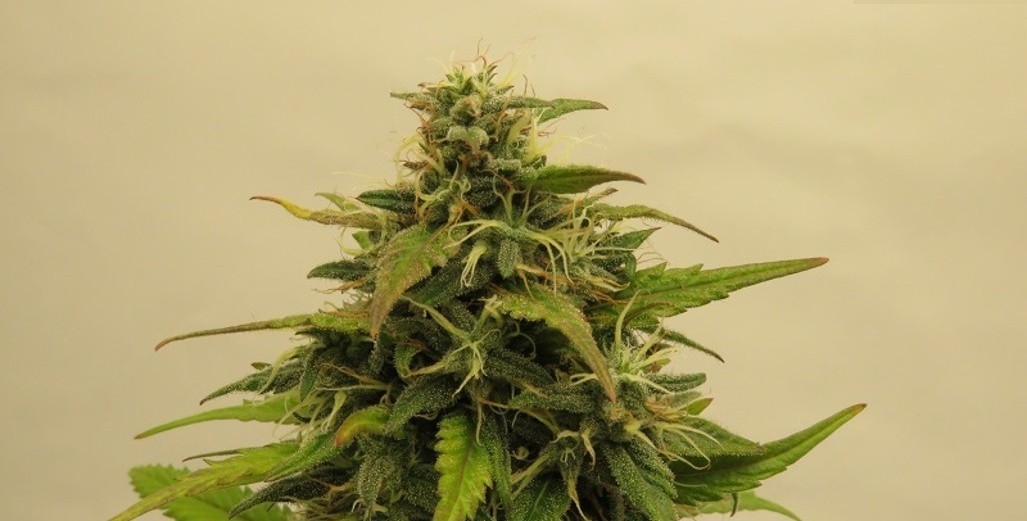
The Future of High-Tech Horticulture, Compounds over Kilos
